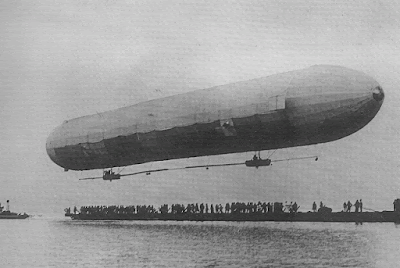Now is a great time to be a reader. With the advent of the Kindle, followed by the iPad and a host of ebook readers, we who love the written word, who love stories, are happier than a duck on a rainy day in California.
The choices available to us are, well, they might as well be infinite. We are in a bookstore or a library that never ends. We have all the free books we could ever want. We have bargain books beyond count. And the books just keep coming.
Somewhere I read 3,000 books a day are being published. Certainly I won’t want to read more than a fraction, but in the course of a year—that is 1,095,000 books published. Even if I were to attempt to read only 1%, that would mean I’d need to read 10,950 books or 30 books a day. Not possible, unless I was a speed reader in overdrive with the afterburners kicked in and I had nothing else to do in the day.
The choices are amazing. The indie revolution is a readers dream. The publishing world’s Big 5 hegemony has been broken by the DIYers. Anyone can now write and publish a novel or short story or a work of nonfiction. No longer is an editor sitting behind closed doors determining what we can read. The marketplace is like a ginormous bazaar and we the reader make the decision who we want to read, who we are going to support with our hard-earned dollars.
There’s no censorship either by some unknown editor, following some megacorporation’s rules. The megacorps have been defeated by the lowly indie revolutionary putting out his or her own ebook for sale on Amazon, iBooks, Nook, Kobo, Smashwords, Drive Thru Fiction, and a host of other sales sites — including one’s own blog, website, or social media platform.
The marketplace rules and corporations drool!
I’m a libertarian. That simply means the power and the rights belong to the people. Not the government with Comstock-type censorship or internet censorship, nor megacorps with their own agendas. We the reader, have the right to buy and read whatever we want as long as no one is hurt in the process. I repeat, it’s a great time to be a reader.
Recently, I read Death of an Idiot Boss by Janice Croom, an indie author. Ms Croom’s novel provided everything I wanted in a mystery story. It was a satisfying read. By contrast, I started reading Cara Black’s Murder in the Marais. A Random House megacorp book. I so wanted to like Ms Black’s book, because I love private detective mysteries. Sorry Ms Black, even though you are supposed to be a NY Times and USA Today bestselling author, your book was boring and I set it aside, only partly read, for a rousing steampunk adventure by indie author Jack Tyler: Beyond the Rails. A great read. Like Firefly gone steampunk.
Who’s going to get my reading dollars in the future? I can guarantee you, it won’t be Ms Black. Now I might try another Aimee Leduc mystery in the future, but I will buy a used copy. My dollars going to the independent used bookstore and not to Ms Black or Random House megacorp. Or I might save my money altogether and go to the library.
Traditional publishing no longer has a stranglehold on what we can read. I read somewhere that less than 200 writers each year are accepted into the Big 5’s hallowed halls of officially sanctioned authordom. And notice most are passed over for the advertising money and their books are soon found on the remainder table.
In the wake of the Big 5’s collapsing market share, the small press is gaining ground. And that is a good thing. Competition is always a good thing. However, writer’s be warned: the small press is small for a reason. That reason is lack of money, financial clout. Be careful going with a small press. Make sure you can get your book back if they go belly up.
However, in spite of Barnes and Noble’s woes and the Big 5’s woes, they aren’t going away anytime soon. Which only means good things for us readers. And that is there are LOTS of books available for us to buy and read.
The Big 5, the small press, indie author/publishers are producing new books at a phenomenal rate and that is good for us. Power to the reader! It’s a great time to be a reader.
As always, comments are welcome and until next time — happy reading!















